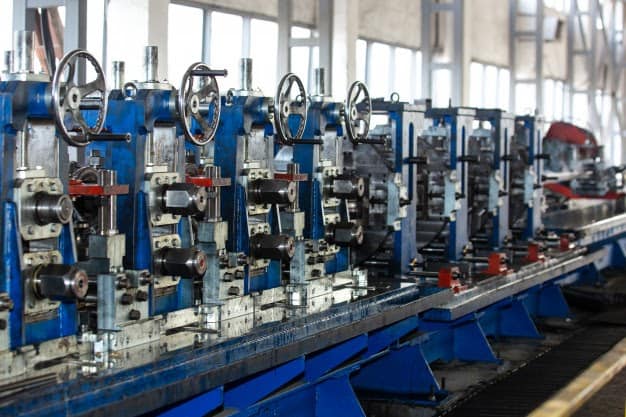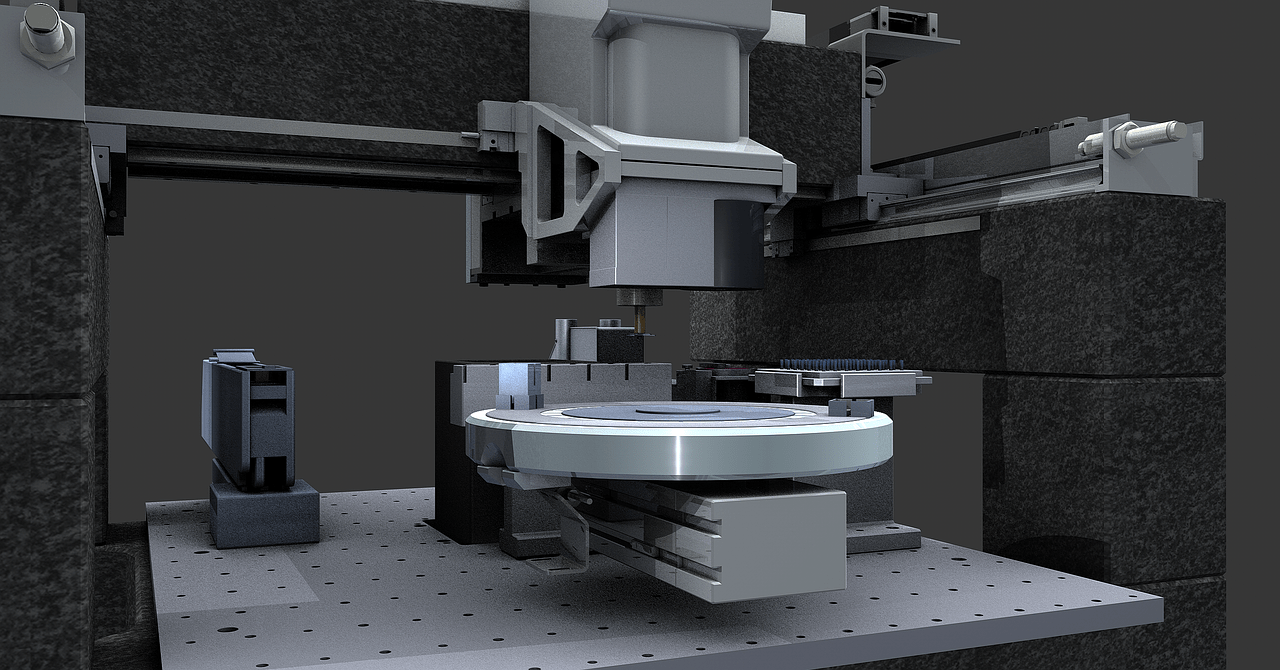
Servo motors are small in size, but they pack a mean punch. They are also energy efficient. They have been around for many years and are used in many applications. For example, they are often used to operate autonomous mobile robots, drones, and vehicles. Aside from this, these motors are also commonly used for robotics applications in different industries.
In this article, you’ll learn what servo motors are and how they are used in the industrial robotic systems of today.
What Is a Servo Motor?
A servo motor, or servo, is a rotary or linear actuator that uses electromagnetic force to move parts of a machine with extreme precision and high efficiency. Often used with a controller, they are part of a closed-loop control system that is usually seen in various types of automated industrial equipment.
This type of motor is made of several key parts, which include the motor, shaft, control circuit, drive gears, potentiometer, amplifier, and either a resolver or an encoder. It can also be used with a sensor for position feedback and a relatively sophisticated controller.
Servos are commonly used in automated manufacturing equipment, computer numerical control (CNC) machinery, as well as robotics applications. In fact, some robots might not even exist without STO certified servo motors. Did you know that those robots you see in most movies (those elaborate animatronic puppets) have dozens of servos? Even those cute robotic animal toys make use of smaller servo motors.
Likewise, cutting-edge industrial robotics wouldn’t be what they are today without servos. These motors have defined how robots are used today.
How Does a Servo Motor Work?
Basically, servo motors are a closed-loop servomechanism that uses position feedback to control motion and final position. So, they have a tremendous impact on how robots function.
Functions of a servo motor
- The motion controller sends a signal to the servo.
- The servo will rotate depending on the input signal’s pulse width modulation (PWM). For example, the servo’s output spline is normally at 0°. A pulse width of 1.5 milliseconds (ms) with an expected frequency of 20 ms will make the output spline rotate in one direction by 90°.
- The output spline position is constantly monitored by the potentiometer. The motor’s power is cut when the desired output spline position is reached. The servo will hold its position until it receives a signal telling it otherwise.
- The servo will actively hold its position while stopped in a given position.
- The servo motor will operate as fast or as slow as it needs to rotate until it reaches its desired position.
Servo mechanism
A servo motor consists of three main parts:
- Output sensor
- Controller device
- Feedback system
Controlling a servo motor
A servo is controlled by sending an electrical PWM through the control wire, where there is a maximum pulse, minimum pulse, as well as a repetition rate. In most cases, the motor turns 90 degrees in both directions, giving it a 180-degree maximum movement. However, some servos can’t offer such a rotation capability.
Typically, the pulse is sent every 20 milliseconds, and the position of the shaft is determined by the width of the pulses. The servo will move to a position as commanded and will hold that position (using an amount of force called “torque rating”), even if there’s an external force pushing against it. However, the servos can’t hold such a position forever. To ensure it stays, you should send the position pulse repeatedly, thus the repetition rate.
How Are Servos Used in Industrial Robotic Systems?

Servo motors are small, powerful, accurate, and easy to program. They allow near-perfect repeatability of motion, making them instrumental for robotics applications, such as the following.
Spot welding
Spot welding is used for conjoining two metal surfaces together. A large current is directed through the spot to melt the metal and form the weld in a very short time—around 10 ms.
Arc welding
You will find many robots that do work for humans in industrial sites. One of the most common applications of industrial robotics systems is arc welding or robot welding. Switching to robot welding has helped improve workers’ safety from workplace hazards, such as inhalation of toxic fumes and arc burn.
Machine tending
Machine tending robotic automation has made the process of loading and unloading raw materials to machinery for processing faster and more efficient.
Material handling
Material handling robots are used to automate functions required in transferring parts from one equipment to another, as well as packing, moving, and selecting products. They help reduce direct labor costs and eliminate the need for hazardous and tedious activities traditionally performed by human laborers.
Picking, packing, and palletizing
Robotic picking and packaging make item-handling more streamlined before final shipping. Aside from increasing accuracy and speed, they also help lower production costs.
Painting
Robotic painting is another example of robots doing work for humans. It is often applied in automotive production, as it increases the consistency and quality of the final products. It is also more cost-effective.
Assembly
Another useful application of industrial robots is assembling products. Manual product assembly is both tedious and tiresome. By automating such tasks, you get better output at a reduced operational cost.
To Sum Up
Robots, in the past years, were only able to do specific tasks in a fixed location. But thanks to technological advancements, they have evolved dramatically over the years. With the help of other advanced technologies, these industrial robots can now do more sophisticated functions. They are opening up new opportunities for different industries. By adopting technology, the possibilities are endless!
Browse through our website for the latest tech news.

